-
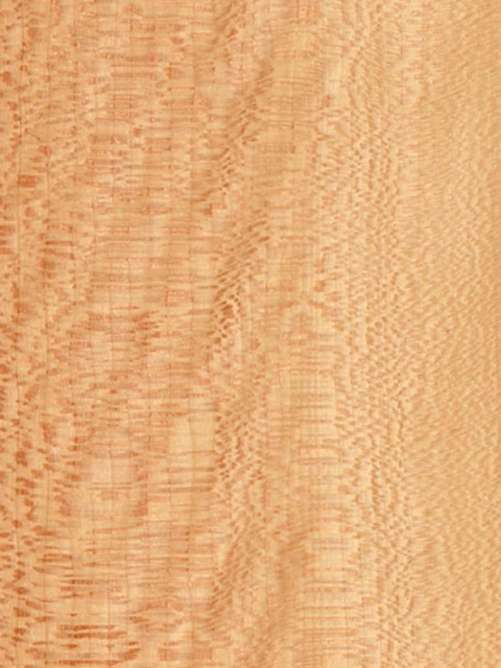 Planetree is a particularly decorative veneer—reddish-gray with a silvery sheen, straight grain, and a lovely small flake in quarter cut veneer, the result of cutting through its extremely regular medullary rays. Found in wetland habitats across Europe, it's said to be the specie of the famed Solitary Tree that legend says marked the spot of the battle between Alexander the Great and Darius in northern Persia. Learn About Veneer Cut & Matching
Planetree is a particularly decorative veneer—reddish-gray with a silvery sheen, straight grain, and a lovely small flake in quarter cut veneer, the result of cutting through its extremely regular medullary rays. Found in wetland habitats across Europe, it's said to be the specie of the famed Solitary Tree that legend says marked the spot of the battle between Alexander the Great and Darius in northern Persia. Learn About Veneer Cut & Matching -
 This rare and beautiful, light-colored Central American tree grows in a dog-leg fashion, making straight sections over 10’ uncommon. Because it must be cut when the sap is low, native loggers watch the phases of the moon, waiting for the waning phases when the sap is limited to harvest. Yellowish-red in color, and streaked by brown, red, or orange, the wood produces a range of beautiful figures and is highly prized for architectural work. Learn About Veneer Cut & Matching
This rare and beautiful, light-colored Central American tree grows in a dog-leg fashion, making straight sections over 10’ uncommon. Because it must be cut when the sap is low, native loggers watch the phases of the moon, waiting for the waning phases when the sap is limited to harvest. Yellowish-red in color, and streaked by brown, red, or orange, the wood produces a range of beautiful figures and is highly prized for architectural work. Learn About Veneer Cut & Matching -
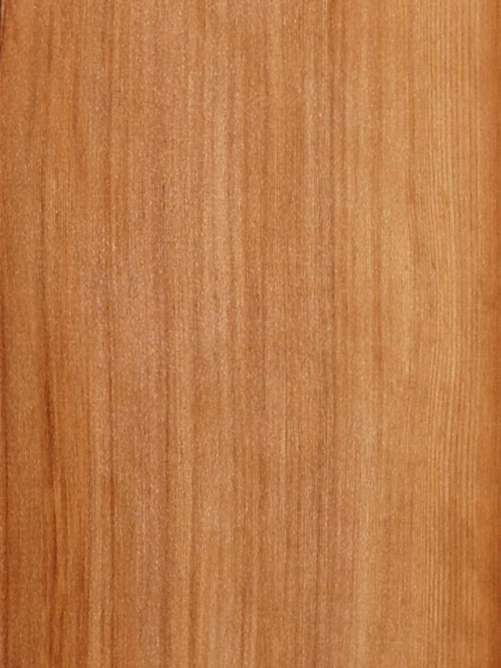 Among the largest and tallest trees on earth, the redwood produces a rich, warm, inviting veneer that’s as impressive as the tree. Uniformly deep reddish-brown, the grain in quarter cut veneer is beautifully striped or figured by fine markings. Burled veneer (also known as vavona burl) is sliced from huge, prolific burl growths found on occasional redwoods, producing some of the largest and most uniforms burled veneers in the world. Learn About Veneer Cut & Matching
Among the largest and tallest trees on earth, the redwood produces a rich, warm, inviting veneer that’s as impressive as the tree. Uniformly deep reddish-brown, the grain in quarter cut veneer is beautifully striped or figured by fine markings. Burled veneer (also known as vavona burl) is sliced from huge, prolific burl growths found on occasional redwoods, producing some of the largest and most uniforms burled veneers in the world. Learn About Veneer Cut & Matching -
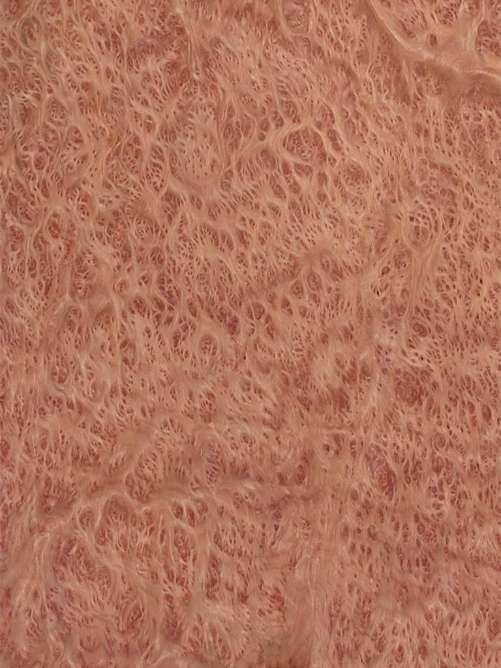 Among the largest and tallest trees on earth, the redwood produces a rich, warm, inviting veneer that’s as impressive as the tree. Uniformly deep reddish-brown, the grain in quarter cut veneer is beautifully striped or figured by fine markings. Burled veneer (also known as vavona burl) is sliced from huge, prolific burl growths found on occasional redwoods, producing some of the largest and most uniforms burled veneers in the world. Learn About Veneer Cut & Matching
Among the largest and tallest trees on earth, the redwood produces a rich, warm, inviting veneer that’s as impressive as the tree. Uniformly deep reddish-brown, the grain in quarter cut veneer is beautifully striped or figured by fine markings. Burled veneer (also known as vavona burl) is sliced from huge, prolific burl growths found on occasional redwoods, producing some of the largest and most uniforms burled veneers in the world. Learn About Veneer Cut & Matching -
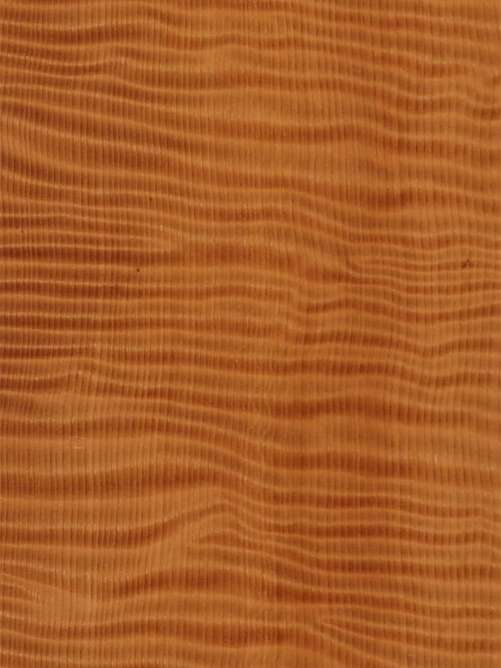 Among the largest and tallest trees on earth, the redwood produces a rich, warm, inviting veneer that’s as impressive as the tree. Uniformly deep reddish-brown, the grain in quarter cut veneer is beautifully striped or figured by fine markings. Burled veneer (also known as vavona burl) is sliced from huge, prolific burl growths found on occasional redwoods, producing some of the largest and most uniforms burled veneers in the world. Learn About Veneer Cut & Matching
Among the largest and tallest trees on earth, the redwood produces a rich, warm, inviting veneer that’s as impressive as the tree. Uniformly deep reddish-brown, the grain in quarter cut veneer is beautifully striped or figured by fine markings. Burled veneer (also known as vavona burl) is sliced from huge, prolific burl growths found on occasional redwoods, producing some of the largest and most uniforms burled veneers in the world. Learn About Veneer Cut & Matching -
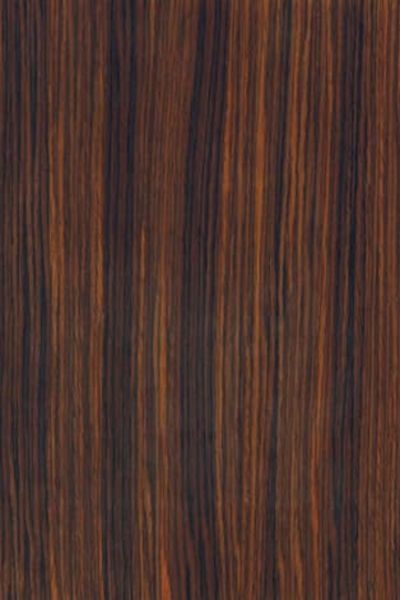 This elegant, tobacco-colored veneer is similar to Brazilian Rosewood but somewhat less contrasty in color. Rich hues range from dark chocolate brown to violet and even black in lively combinations that produce a one-of-a-kind look prized for architectural use. Flat cut, the wood shows a beautiful cathedral pattern; quartered it produces a straight or broken stripe effect. Learn About Veneer Cut & Matching
This elegant, tobacco-colored veneer is similar to Brazilian Rosewood but somewhat less contrasty in color. Rich hues range from dark chocolate brown to violet and even black in lively combinations that produce a one-of-a-kind look prized for architectural use. Flat cut, the wood shows a beautiful cathedral pattern; quartered it produces a straight or broken stripe effect. Learn About Veneer Cut & Matching -
 Madagascar Rosewood can be found in various shades of deep brown to reddish-brown. The veneer has a medium to fine texture and ribbon grain, typical of rosewoods, with pronounced dark red, vertical lines that can be wavy in some logs. Darker streaks are common and can produce a spiderweb-like figure. Flat cut, the log produces a swirly, burl-like heart. Learn About Veneer Cut & Matching
Madagascar Rosewood can be found in various shades of deep brown to reddish-brown. The veneer has a medium to fine texture and ribbon grain, typical of rosewoods, with pronounced dark red, vertical lines that can be wavy in some logs. Darker streaks are common and can produce a spiderweb-like figure. Flat cut, the log produces a swirly, burl-like heart. Learn About Veneer Cut & Matching -
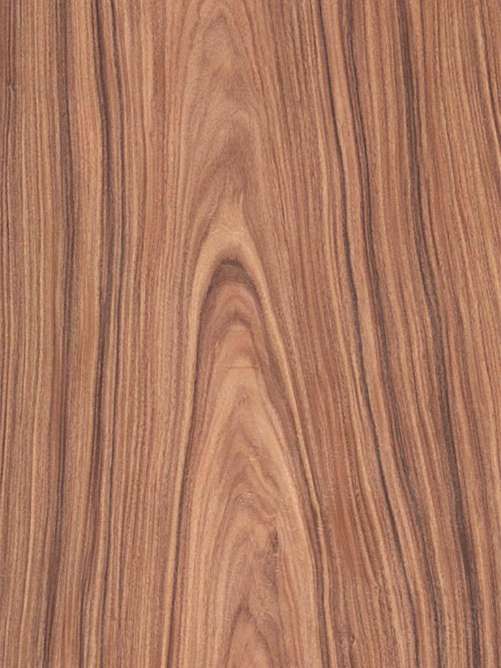 This is one of the world’s most loved and prized veneers. It ranges in color from lustrous chocolate-brown to purple-black with cream-colored sapwood—all very saturated with vivid contrast. It has a lively variegated stripe and occasional bee’s wing figure and, when flat cut, produces a characteristic cathedral pattern. Increasingly used as a substitute for the extremely rare but prized Rio rosewood. Learn About Veneer Cut & Matching
This is one of the world’s most loved and prized veneers. It ranges in color from lustrous chocolate-brown to purple-black with cream-colored sapwood—all very saturated with vivid contrast. It has a lively variegated stripe and occasional bee’s wing figure and, when flat cut, produces a characteristic cathedral pattern. Increasingly used as a substitute for the extremely rare but prized Rio rosewood. Learn About Veneer Cut & Matching -
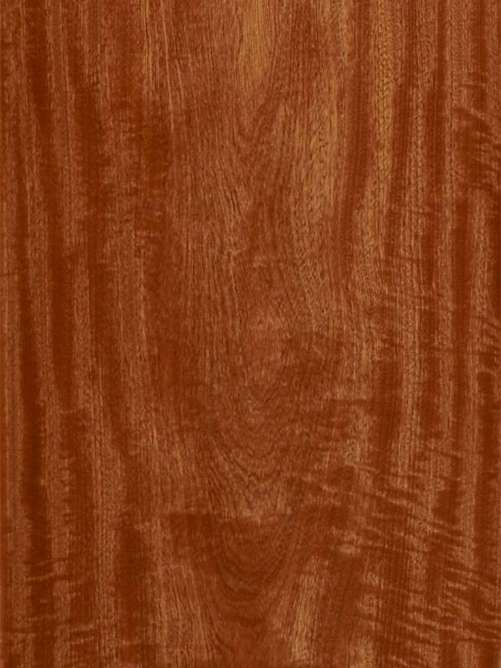 Sapele varies in color from log to log but is generally medium to dark red-brown. Finishing brings out an intense depth of color and highlights its natural luster, which is similar to mahogany. This veneer has a fine grain, a distinct and desirable stripe formation, and often carries a lively figure. Flat cut Sapele shows the characteristic heart or cathedral grain The highly prized Pommele Sapele is intensely marked with a swirly grain and randomly interspersed blisters, or Pommele markings. A high degree of luster gives Sapele a three-dimensional effect. Learn About Veneer Cut & Matching
Sapele varies in color from log to log but is generally medium to dark red-brown. Finishing brings out an intense depth of color and highlights its natural luster, which is similar to mahogany. This veneer has a fine grain, a distinct and desirable stripe formation, and often carries a lively figure. Flat cut Sapele shows the characteristic heart or cathedral grain The highly prized Pommele Sapele is intensely marked with a swirly grain and randomly interspersed blisters, or Pommele markings. A high degree of luster gives Sapele a three-dimensional effect. Learn About Veneer Cut & Matching -
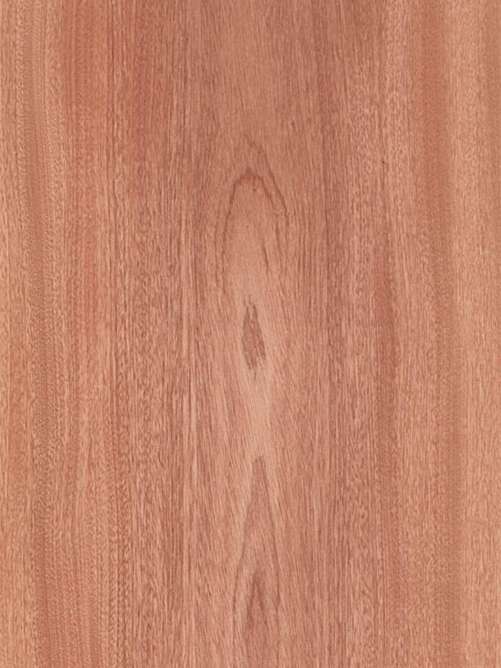 Sapele varies in color from log to log but is generally medium to dark red-brown. Finishing brings out an intense depth of color and highlights its natural luster, which is similar to mahogany. This veneer has a fine grain, a distinct and desirable stripe formation, and often carries a lively figure. Flat cut Sapele shows the characteristic heart or cathedral grain The highly prized Pommele Sapele is intensely marked with a swirly grain and randomly interspersed blisters, or Pommele markings. A high degree of luster gives Sapele a three-dimensional effect. Learn About Veneer Cut & Matching
Sapele varies in color from log to log but is generally medium to dark red-brown. Finishing brings out an intense depth of color and highlights its natural luster, which is similar to mahogany. This veneer has a fine grain, a distinct and desirable stripe formation, and often carries a lively figure. Flat cut Sapele shows the characteristic heart or cathedral grain The highly prized Pommele Sapele is intensely marked with a swirly grain and randomly interspersed blisters, or Pommele markings. A high degree of luster gives Sapele a three-dimensional effect. Learn About Veneer Cut & Matching -
 Sapele varies in color from log to log but is generally medium to dark red-brown. Finishing brings out an intense depth of color and highlights its natural luster, which is similar to mahogany. This veneer has a fine grain, a distinct and desirable stripe formation, and often carries a lively figure. Flat cut Sapele shows the characteristic heart or cathedral grain The highly prized Pommele Sapele is intensely marked with a swirly grain and randomly interspersed blisters, or Pommele markings. A high degree of luster gives Sapele a three-dimensional effect. Learn About Veneer Cut & Matching
Sapele varies in color from log to log but is generally medium to dark red-brown. Finishing brings out an intense depth of color and highlights its natural luster, which is similar to mahogany. This veneer has a fine grain, a distinct and desirable stripe formation, and often carries a lively figure. Flat cut Sapele shows the characteristic heart or cathedral grain The highly prized Pommele Sapele is intensely marked with a swirly grain and randomly interspersed blisters, or Pommele markings. A high degree of luster gives Sapele a three-dimensional effect. Learn About Veneer Cut & Matching -
 Sapele varies in color from log to log but is generally medium to dark red-brown. Finishing brings out an intense depth of color and highlights its natural luster, which is similar to mahogany. This veneer has a fine grain, a distinct and desirable stripe formation, and often carries a lively figure. Flat cut Sapele shows the characteristic heart or cathedral grain The highly prized Pommele Sapele is intensely marked with a swirly grain and randomly interspersed blisters, or Pommele markings. A high degree of luster gives Sapele a three-dimensional effect. Learn About Veneer Cut & Matching
Sapele varies in color from log to log but is generally medium to dark red-brown. Finishing brings out an intense depth of color and highlights its natural luster, which is similar to mahogany. This veneer has a fine grain, a distinct and desirable stripe formation, and often carries a lively figure. Flat cut Sapele shows the characteristic heart or cathedral grain The highly prized Pommele Sapele is intensely marked with a swirly grain and randomly interspersed blisters, or Pommele markings. A high degree of luster gives Sapele a three-dimensional effect. Learn About Veneer Cut & Matching

